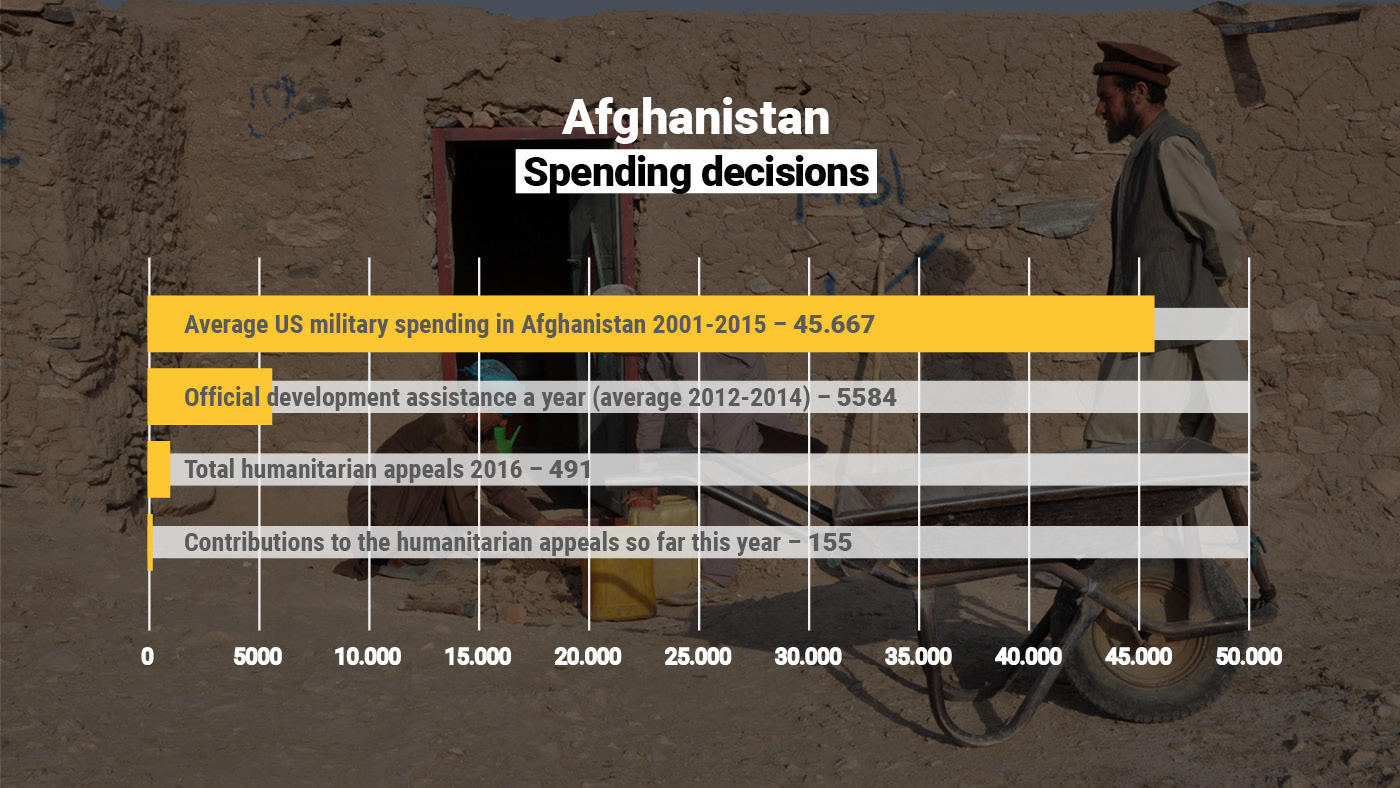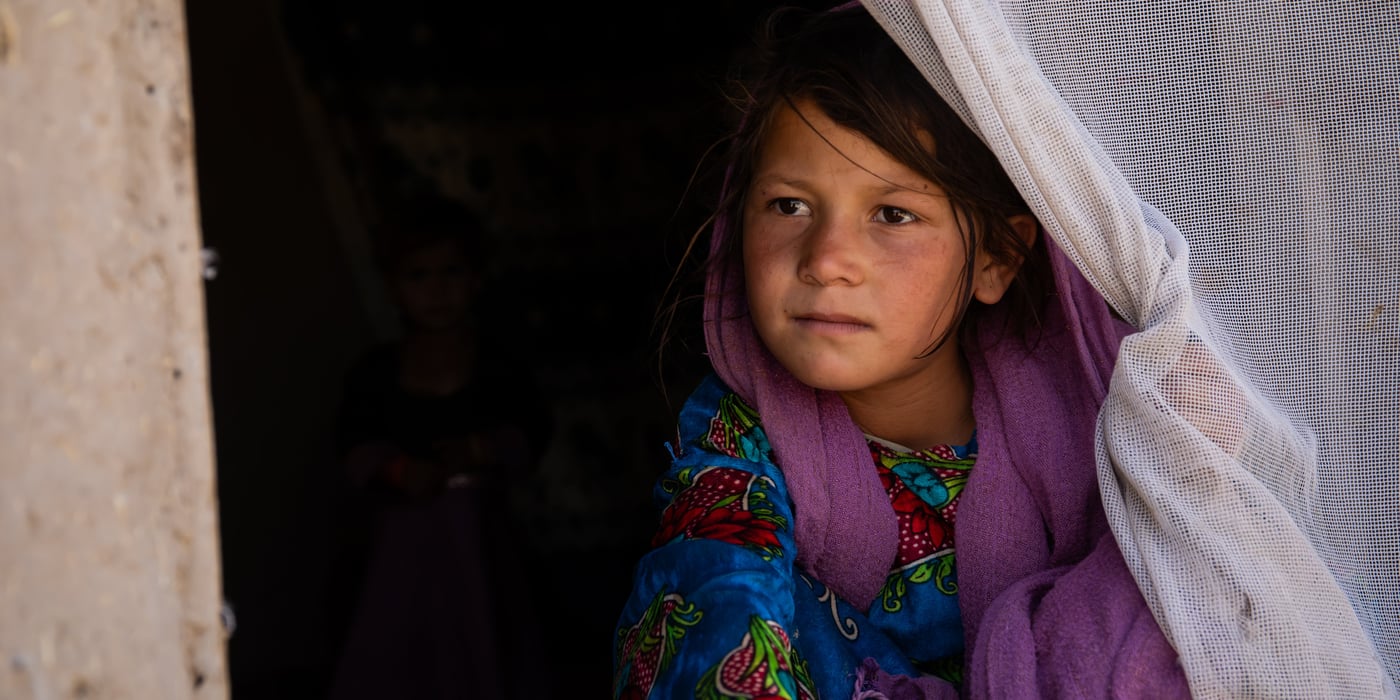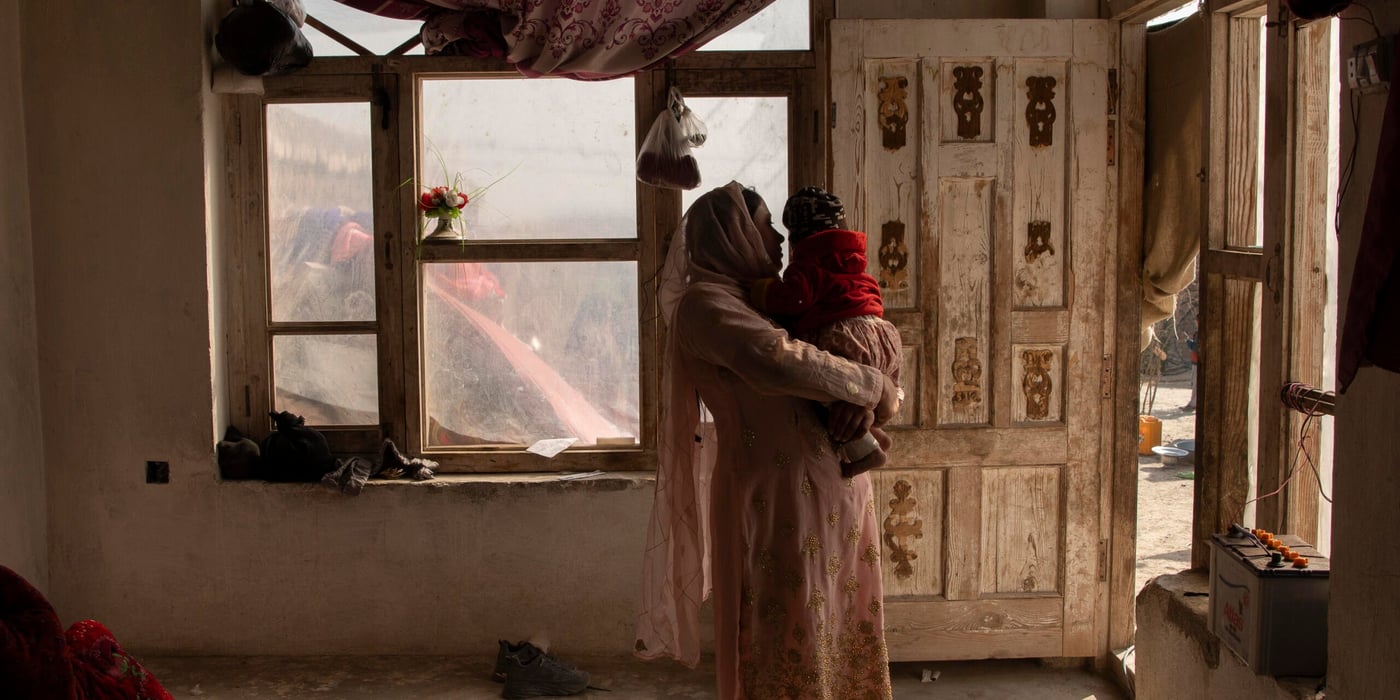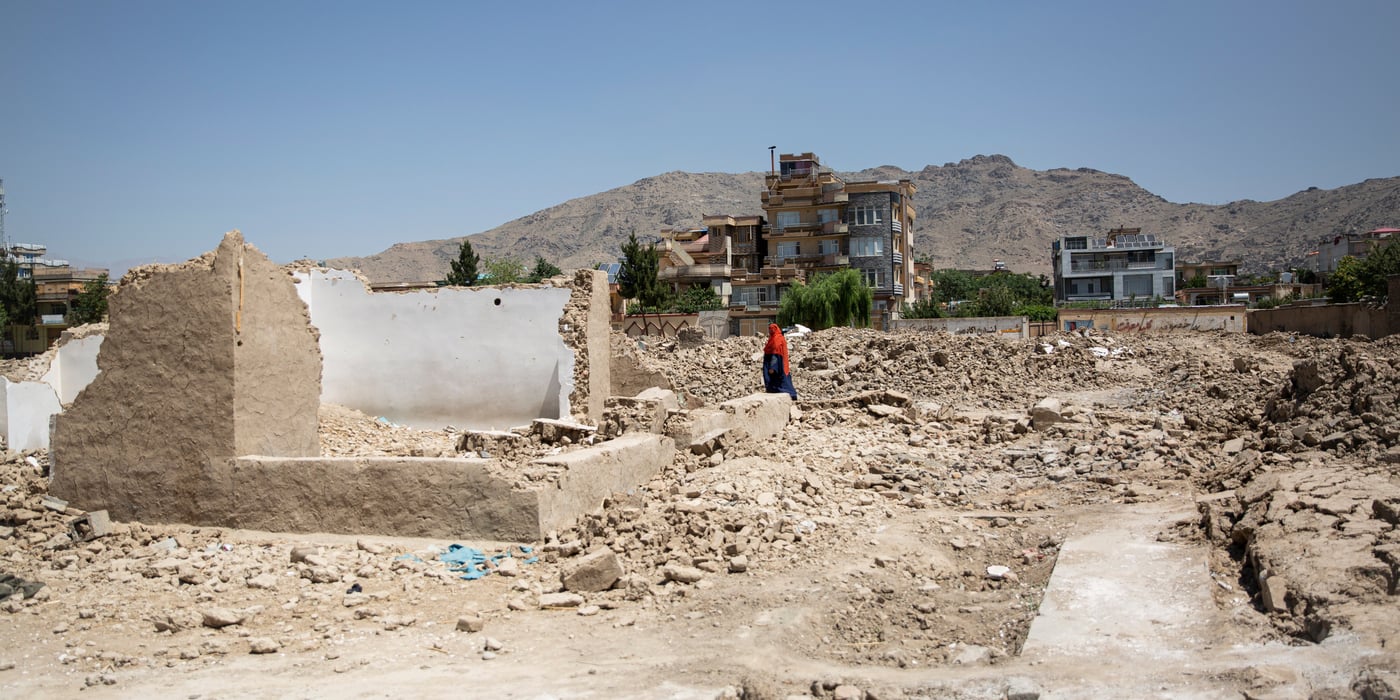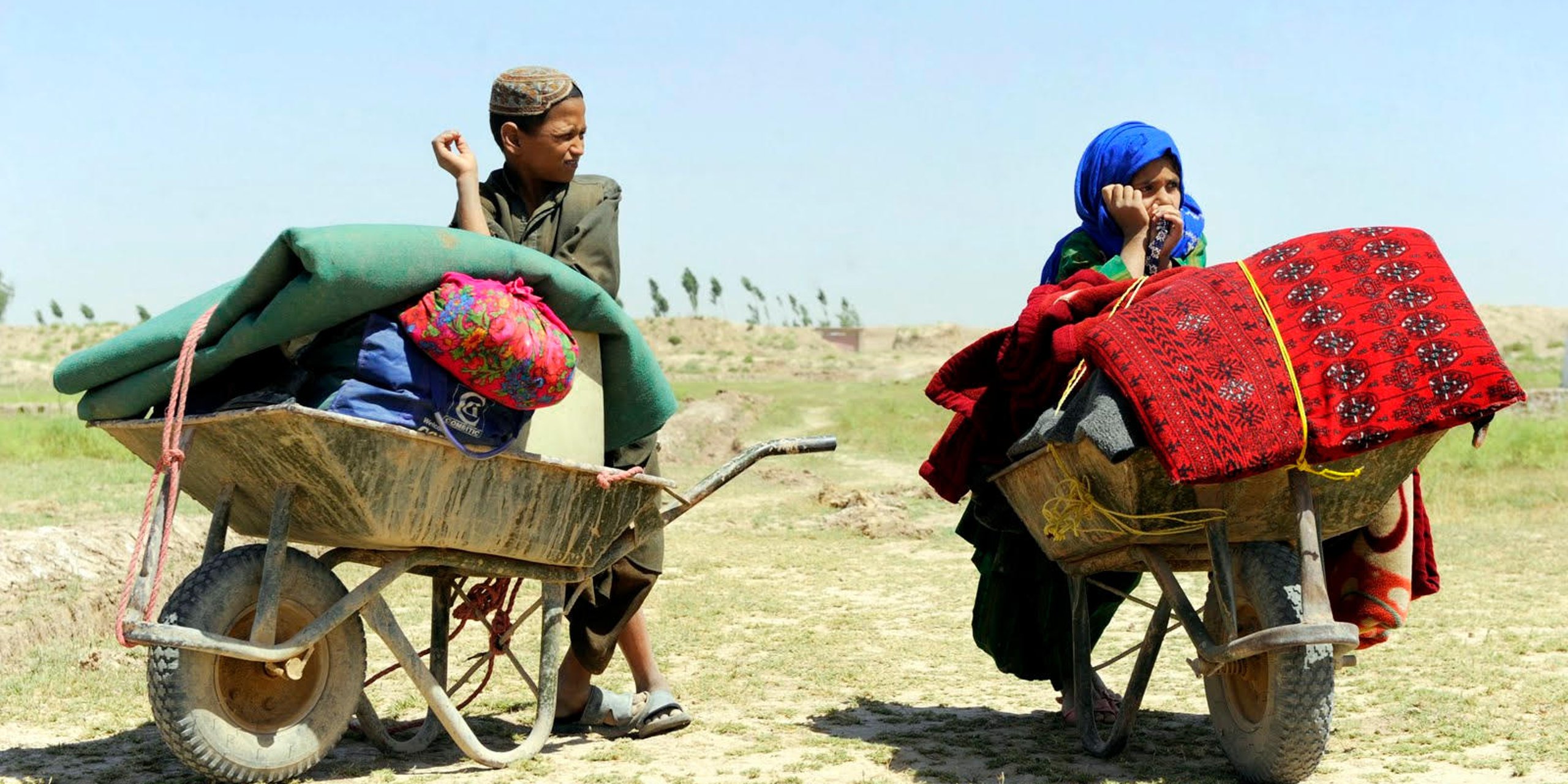
Did you think the security situation in Afghanistan had improved? Think again. 15 years after the US-led invasion of Afghanistan several key indicators are pointing in the wrong direction.
# 1: The conflict is worsening
The conflict in the country is spreading and has claimed an increasing number of civilian lives. In 2015 the total number of civilian casualties reached its highest level since UN started counting in 2009. And during the first six months of this year, the total number of casualties increased with 4 per cent, compared to the same period last year.

# 2: The number of people displaced is increasing
The number of internally displaced has increased rapidly in recent years and has now surpassed 1.2 million. It has never been as high since 2002. Every day more than 1000 people are forced to flee their homes and become internally displaced in Afghanistan. In total, more than 400,000 Afghans are expected to become newly displaced this year. Many of the displaced families lack adequate shelter and it is a race against time to provide sufficient support before the winter, which can be deadly cold in several parts of the country.
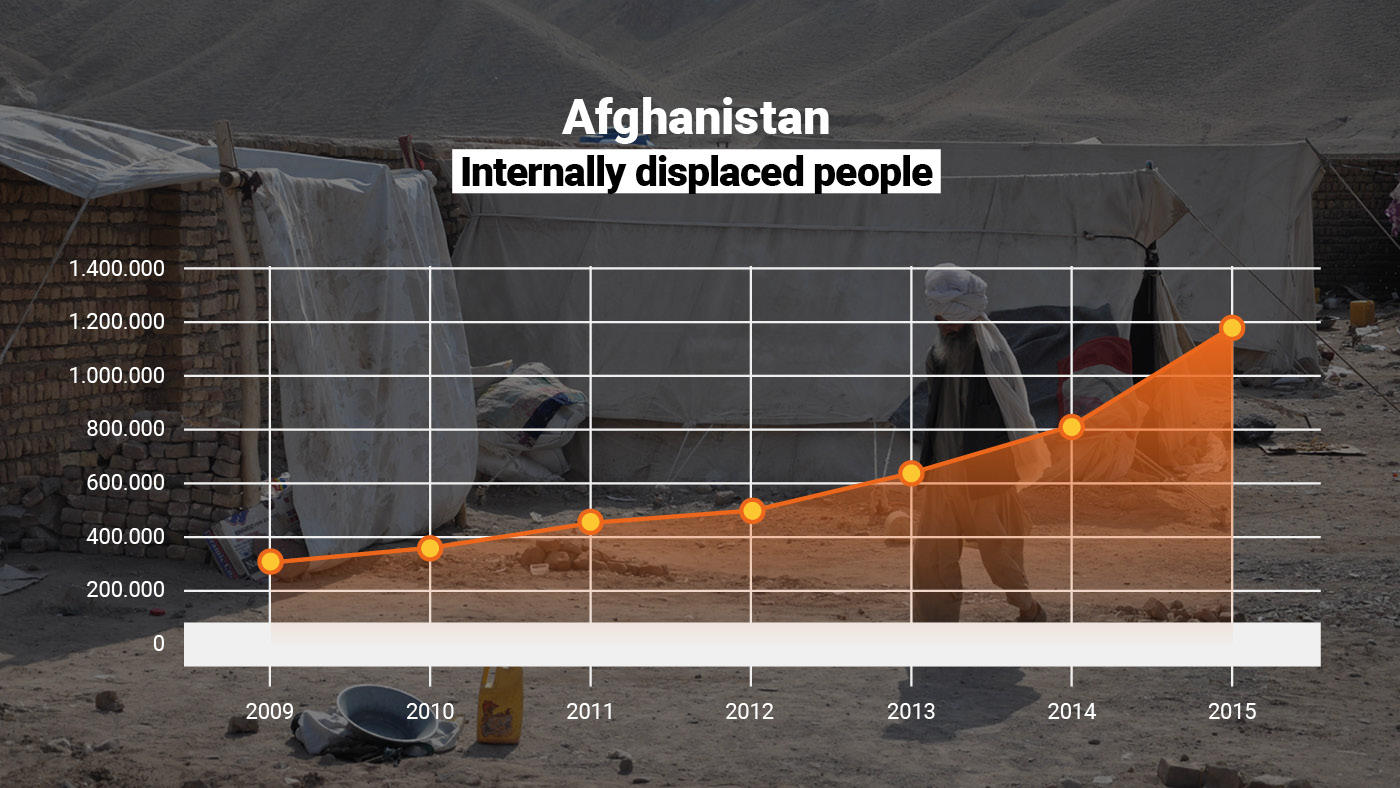
# 3: The support is declining
The humanitarian support to Afghanistan has declined from a level close to 700 million USD in 2009, 2010 and 2011 to 434 million USD last year. This year, the situation is alarming: In August a new flash appeal was launched to meet the needs of an unanticipated increase in the number of displaced and the number of refugees returning to Afghanistan. In total UN and humanitarian partners have appealed for 491 million USD this year, but only 32% of the appeals are covered so far.
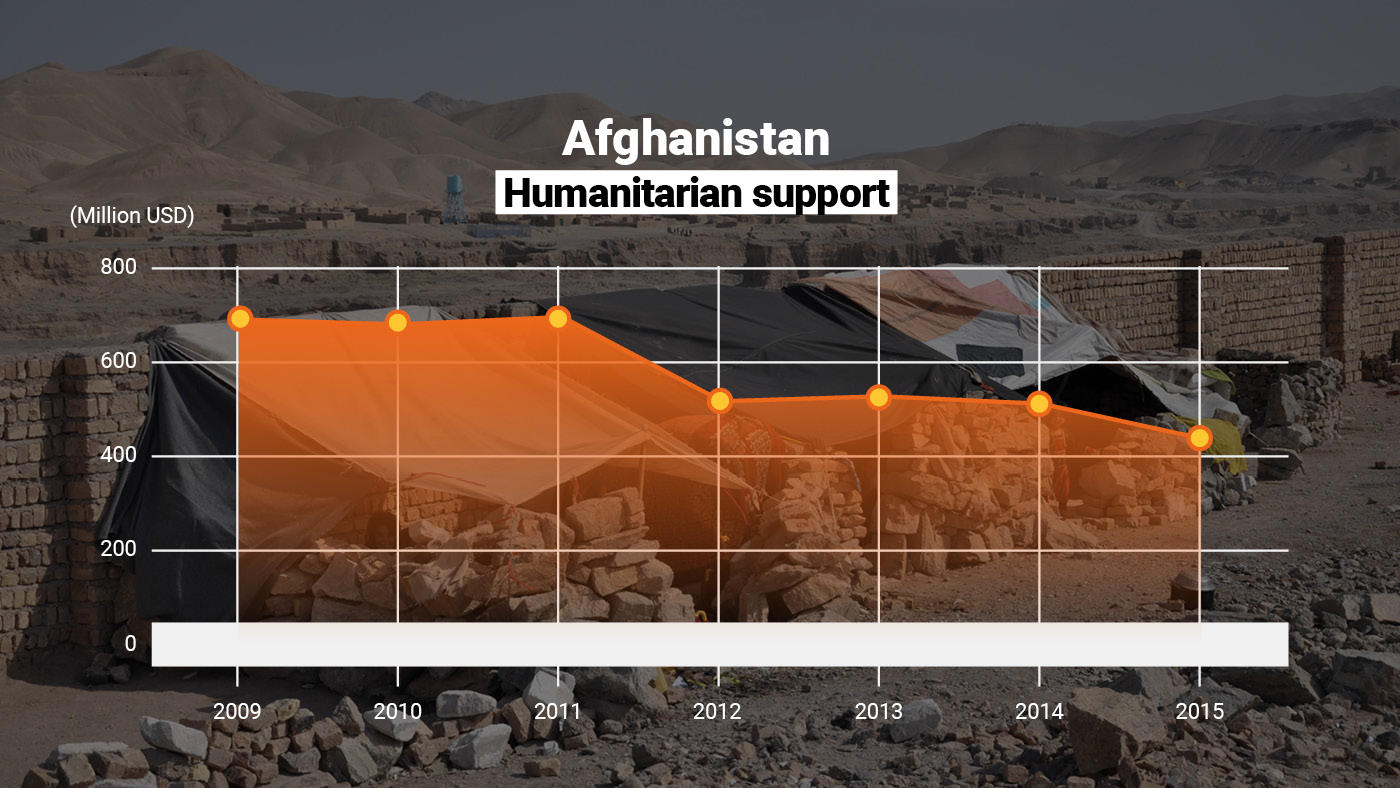
# 4: Many people in need receive no support
More than 2.7 million people in Afghanistan are malnourished, including one million children under the age of five. Of these, 365,000 have severe acute malnutrition, but only 35 per cent are receiving treatment. More than 126,000 children under the age of five die every year of malnutrition – which is a hidden, contributing factor to more than 45 per cent of all child deaths. To tackle malnutrition, people do not only need access to adequate food, but also better water and sanitation facilities to prevent diarrhoea and other water-born diseases. Read more here.
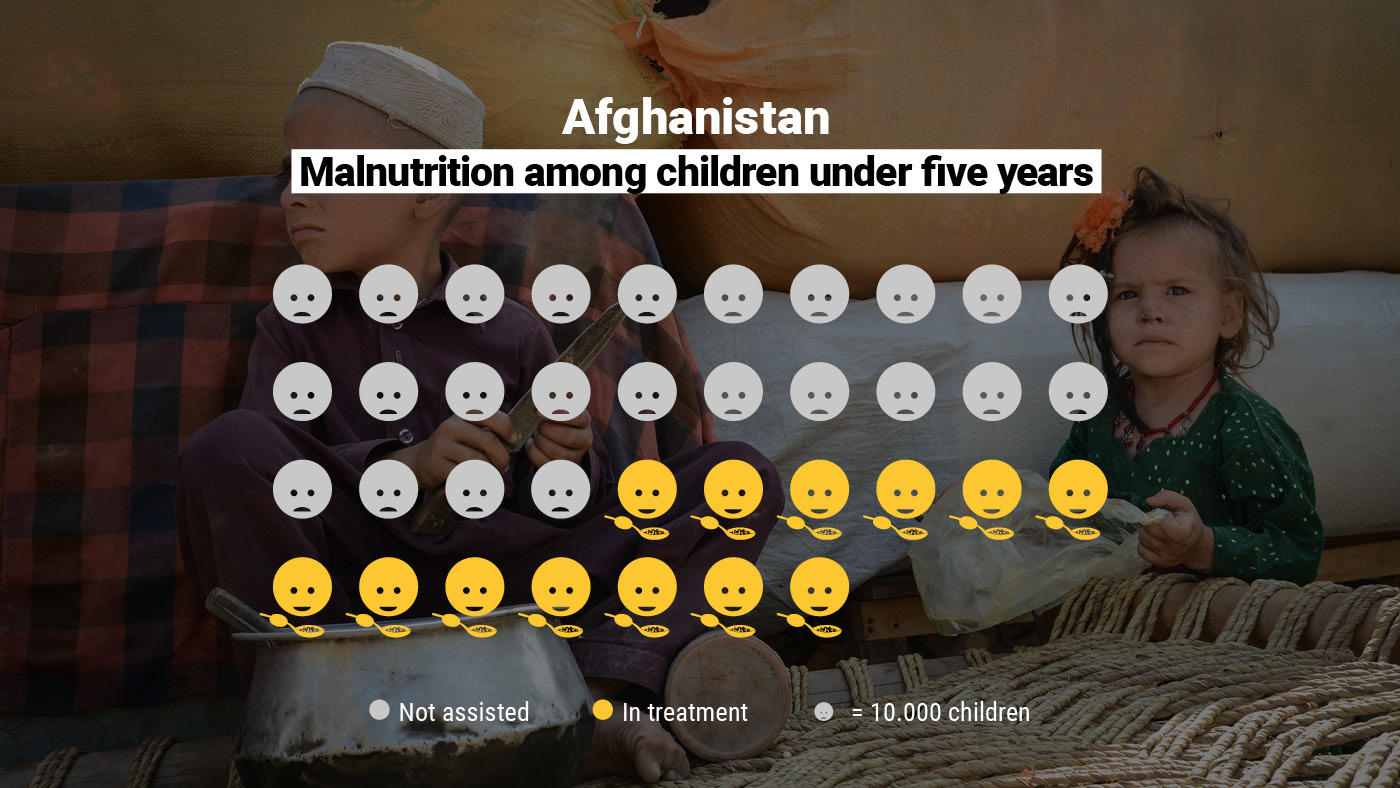
# 5: We can afford to do much more
The Americans alone have spent 685 billion USD on the war in Afghanistan, according to Congressional Research Services/Federation of American Scientist – and the true costs may be even higher. Read more.
How can it be so difficult to find the necessary 491 million USD for humanitarian assistance? For the country to be able to move forward, we need to ensure that people have the necessary support to be able to feed their families and that all children are able to access education – also those who are affected by crisis and displacement. These are the best investments we can make in Afghanistan’s future, and it is absolutely doable.
